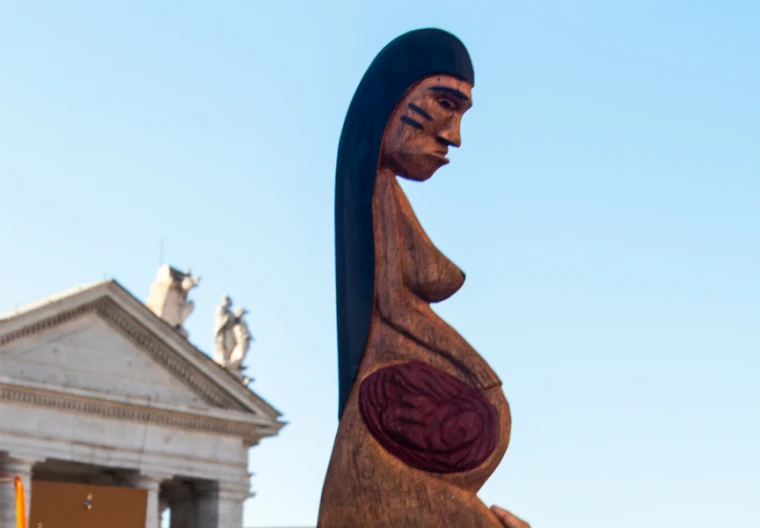Ordinarily one would have suspected that Germany would have had little interest in Latin America, on the other side of the world for practical purposes, yet modern Venezuela had been turned over to the German banking family of the Welsers by Charles V in the 16th century as collateral for his loans and immigration from the German mainland to Latin America had been slow and steady. By 1896, there were at least half a million Latin Americans of German descent and the German Empire’s investments in the region were in excess of four hundred million dollars – a considerable sum a hundred years ago – while international trade reached the amount of one hundred forty-six million.
However, political interest in the Spanish-speaking Americas had been slim until the very late 19th century, when the Kaiser’s navy began to draw up a military strategy that would alarm the United States, a budding hegemonic power at the time. Both countries, lacking any apparent animus, had come to loggerheads in Manila Bay in 1898 and had almost gone to war over Samoa and the Caroline Islands as well in 1889. When the German High Command witnessed the collapse of the Spanish Empire’s last few remaining possessions in the Caribbean and the Pacific, and the sudden windfall earned by a United States bent on expansion, the decision was reached to increase the size and power of the Imperial Navy…and a plan to wrest these possessions from the Americans.
It was Admiral Tirpitz who saw the need for acquiring coaling stations and bases in the Caribbean in order to project imperial power. The islands of Curacao and St. Thomas – modern tourists destinations that hardly evoke strategic value – were eyed as possibilities. Admiral Von Knorr took this interest a step further by stating that trade from the Gulf of Mexico and the Panama Canal, which was under construction at the time, could be readily intercepted from either of these Dutch or Danish possessions, which were ripe for the taking, whether by purchase or by force. The pretext for any intervention (for military action always requires a pretext) would be the need to protect the considerable German investment in the Caribbean coffee-growing regions and the steamship lines that handled the traffic between northern Europe and the Caribbean. In any event, the Imperial Navy had already intervened quite handily in two incidents, once in Haiti (1897) and once in Guatemala (1902).
From any of these dreamed-of Caribbean bases, speculated the war planners, it would be possible to launch an attack on the American mainland. Vice-Admiral Thomsen suggested that one of the islands – Puerto Rico – would be of great value as a staging ground for any such operations. (more...)

No comments:
Post a Comment